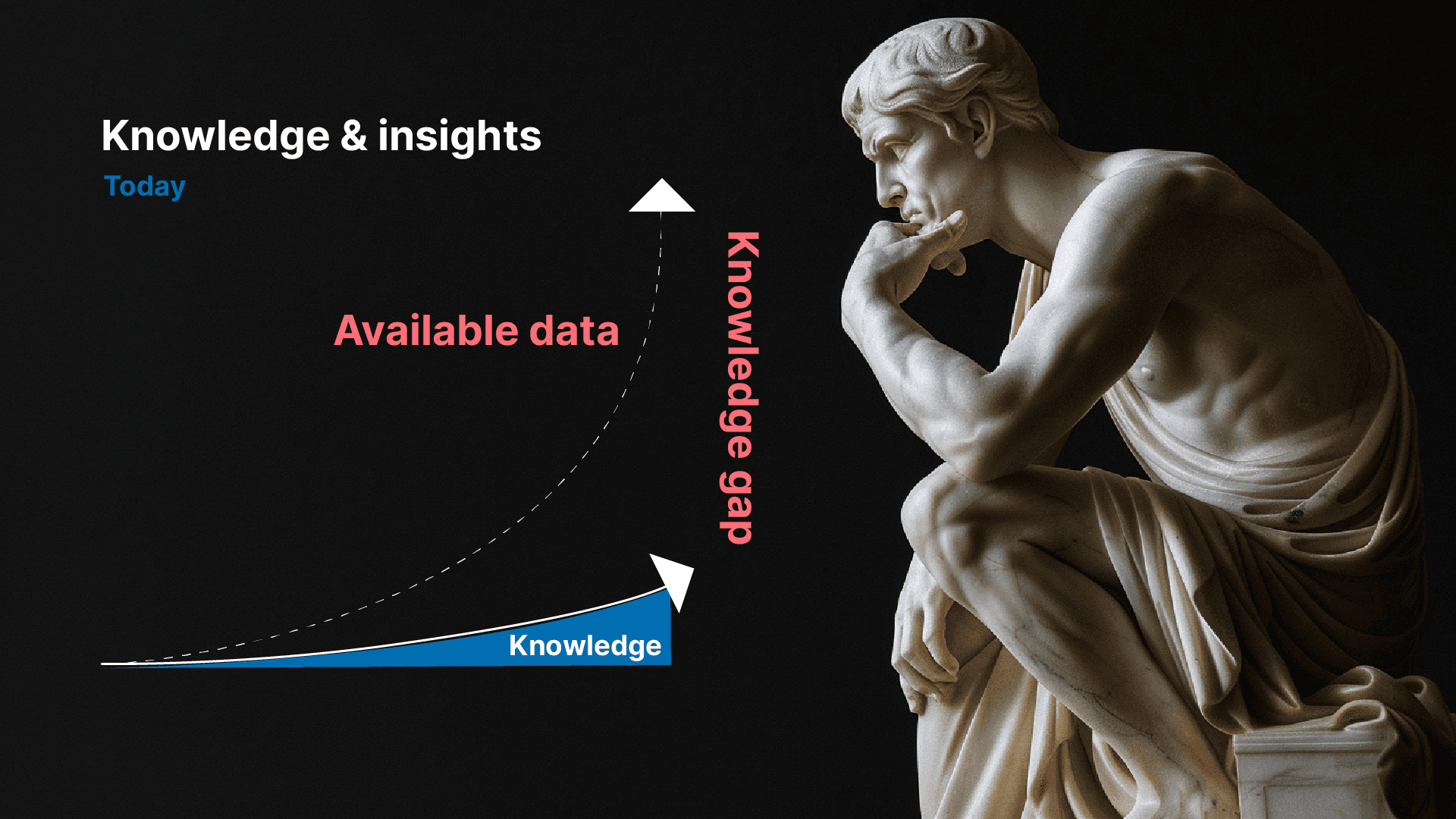If you find yourself here, chances are high that you are responsible for the management of your company’s ERP system. You’ve landed in the right place to explore solutions to the most common challenges companies encounter with their ERP systems. This article will offer insights into how a move to the cloud can be the answer to these challenges. It will provide you with the issues, benefits and best practices for a successful migration to the cloud.
Why move the ERP system to the cloud:
There are several compelling reasons why companies should move their ERP system to the cloud. First, cloud ERP solutions offer scalability that traditional systems cannot match. By leveraging the flexibility of the cloud, businesses can easily adapt their resources as needed and grow without having to invest in expensive hardware or extensive IT infrastructure.
Secondly, cloud-based ERP systems enable increased accessibility and collaboration. By having their business data and processes in the cloud, companies can give their employees access to important information anywhere and anytime, promoting effective communication and collaboration. Especially in an increasingly globalized work environment.
Finally, moving to cloud-based ERP systems can also help reduce costs in the long run. By eliminating the need to maintain and upgrade on-premises infrastructure, businesses can save both time and money while gaining access to the latest features and security updates that the cloud offers.
What to consider:
However, moving an ERP system to the cloud is no small task and requires careful planning and consideration. Before taking the plunge, there are several important factors to consider:
Requirements and needs analysis: Before choosing a cloud ERP solution, it is important to carefully evaluate your company’s specific needs and requirements. This includes taking into account factors such as company size, industry, and future growth plans.
Security and privacy: When moving sensitive business data to the cloud, security is one of the primary concerns. Make sure to choose a provider that offers robust security measures and complies with industry standards for data protection.
Customization and integration: For many companies, it is important that their ERP system can be seamlessly integrated with existing systems and applications. Check that the chosen cloud-based solution offers sufficient customizability and support for integration.
Training and support: The introduction of a new ERP solution often involves a learning curve for users. Make sure to provide adequate training and support to ensure a smooth transition and maximum use of the system.
Best Practice Guide for moving ERP systems to the cloud:
Now let’s look at how a fictitious company, Celesta, successfully completed its transition to a cloud-based ERP system in four steps:
- Designing a comprehensive migration strategy: Before embarking on the transition, Celesta conducted a thorough analysis of their existing processes and systems to identify any challenges and opportunities. They then designed a detailed migration strategy that included timelines, resources and responsibilities.
- Test and validate the system: Before going live with the new cloud-based ERP system, Celesta carried out extensive testing and validation to ensure that the system performed as expected and met their business needs.
- Implement a continuous training plan: To ensure a smooth transition to the new system, Celesta invested in extensive training for its employees. By providing training and support, they were able to ensure that all users felt comfortable with the new system from day one.
- Compliance and Security: After migrating to the cloud-based ERP system, Celesta continued to monitor and manage system performance and security closely. They implemented regular security updates and followed data protection best practices to ensure that their business data remained safe and protected.
As we have seen, the transition to a cloud-based ERP system offers many benefits to companies striving to remain competitive and agile. Through careful planning, training, and adherence to best practices, companies can successfully navigate this transition and allow their businesses to flourish in the cloud.






